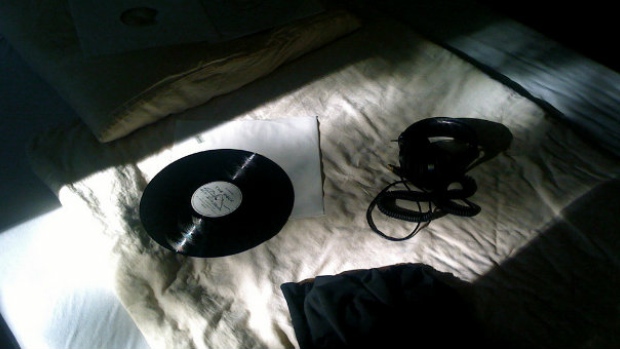
29 Apr Patient Education Combined in a Music and Habit-Forming Intervention for Adherence to Continuous Positive Airway (CPAP) Prescribed for Sleep Apnea
The most common, medically-prescribed treatment for OSA is Continuous Positive Airway Pressure (CPAP). The effectiveness of the CPAP is preventing the severe health sequelae of sleep apnoea. Despite that multiples benefits showed with this therapy, the CPAP treatment has poor adherence that is frequently reported as low as 50%. Annually, 20–30% of persons prescribed CPAP stop using the device within the first two weeks of treatment and another 20 to 30% stop use by 6 months. Therefore simple solutions could be implemented in order to avoid the trend of suspend the treatment.
Adjustment to the tight fitting mask, relaxing getting used to having the positive air pressure and routinely using CPAP each night are challenges to those newly prescribed this therapy. The aim of this research was ensure onset intervention, designed to address these problems that lead to stopping CPAP or poor nightly adherence during a patients initial month of use.
The investigation was based on The Triandis Theory of Behaviour tenet is that adherence at onset of treatment emerges from knowledge of the consequences of non-adherence and from practicing repeated health treatment behaviours which then become habitual. Researchers using Triandis Theory have empirically-verified that following routines which guide treatment use and sensitizes patients to benefits and non-treatment risks result in adherence. Thus, it follows that an intervention which informs patients about CPAP benefits, consequences of non-adherence and guides a habitual routine of relaxation and nightly CPAP use with soothing music would result in adherence (defined as using the CPAP devise per accepted standard guidelines).
Objective: As many as 50% of patients diagnosed with obstructive sleep apnoea stop adhering to the prescribed medical treatment of CPAP (Continuous Positive Airway Pressure) within one to three weeks of onset. Thus, a theory based intervention using music to support habit formation was designed to improve CPAP adherence at onset. The intervention materials included directions for CPAP nightly use, a diary for recording nightly use and writing about CPAP benefits or problems. In addition, an audiotape with softly spoken instructions for placing the CPAP mask comfortably, using deep breathing and muscle relaxation along with the slowly decreasing music tempo was provided to listen to at bedtime each night.
Methods: Effects of this music intervention were tested in a randomized, placebo-controlled trial of 97 patients with 53 males (55%) and 44 females (45%). Moderate to severe apnoea/hypopnea scores (per sleep laboratory data) and medical diagnosis of OSA were required for study inclusion.
Results: Compared to placebo controls, a greater proportion of experimental patients were adhering (χ2=14.67, p<.01; a large difference, Phi=.39) at the end of the first month of CPAP onset. There were no differences in CPAP adherence at 3 (X2=.065, p=.79) and 6 (X2=.118, p=.73) months. Patients’ diary data and satisfaction survey results indicated the intervention was rated as helpful and guided formation of a relaxing, habitual routine of CPAP nightly use.
Conclusion: The intervention had a strong effect for improving adherence to CPAP at 1 month.
To sum up, Cognitive improvements, increased attention to tasks, reduced distractibility and anxiety also have been associated with music-based interventions. Considering the mortality, morbidity and public safety issues of sleep apnoea the introduction of different interventions can guide behaviour and the Habit-Promoting in the patients the first month of use and reinforce long-term adherence.
[1] Smith CE, Dauz E, Clements F, Werkowitch M, Whitman R. Patient Education Combined in a Music and Habit-Forming Intervention for Adherence to Continuous Positive Airway (CPAP) Prescribed for Sleep Apnea. Patient education and counseling. 2009;74(2):184-190. doi:10.1016/j.pec.2008.08.008.
